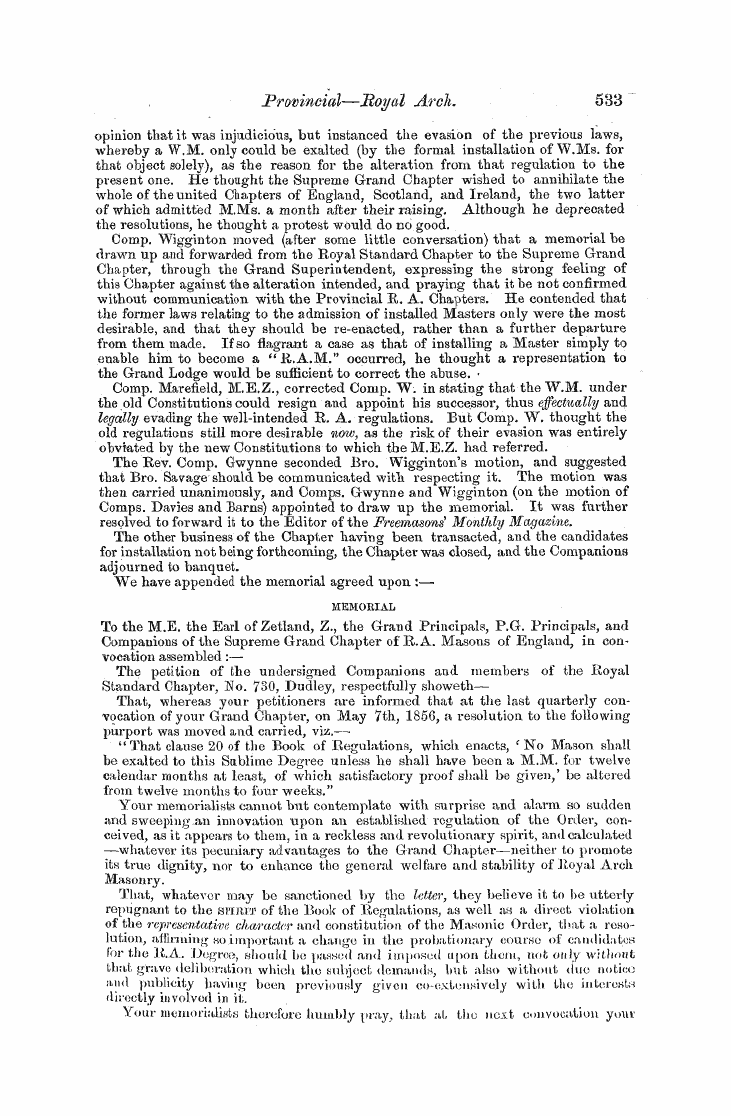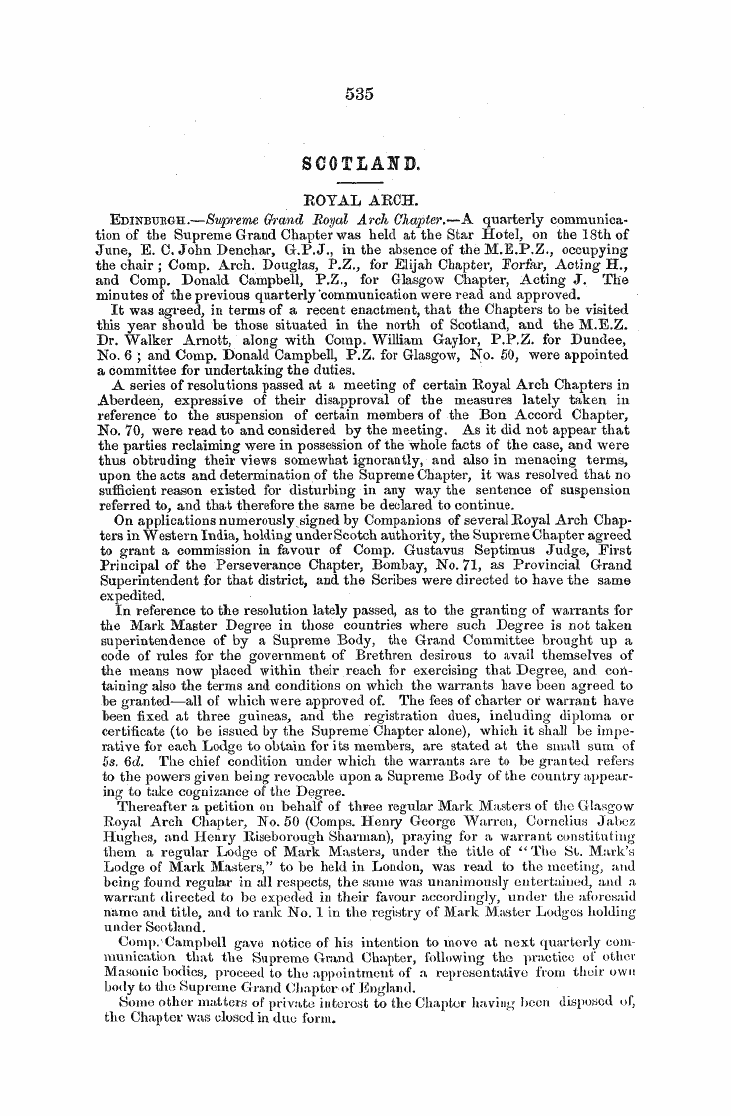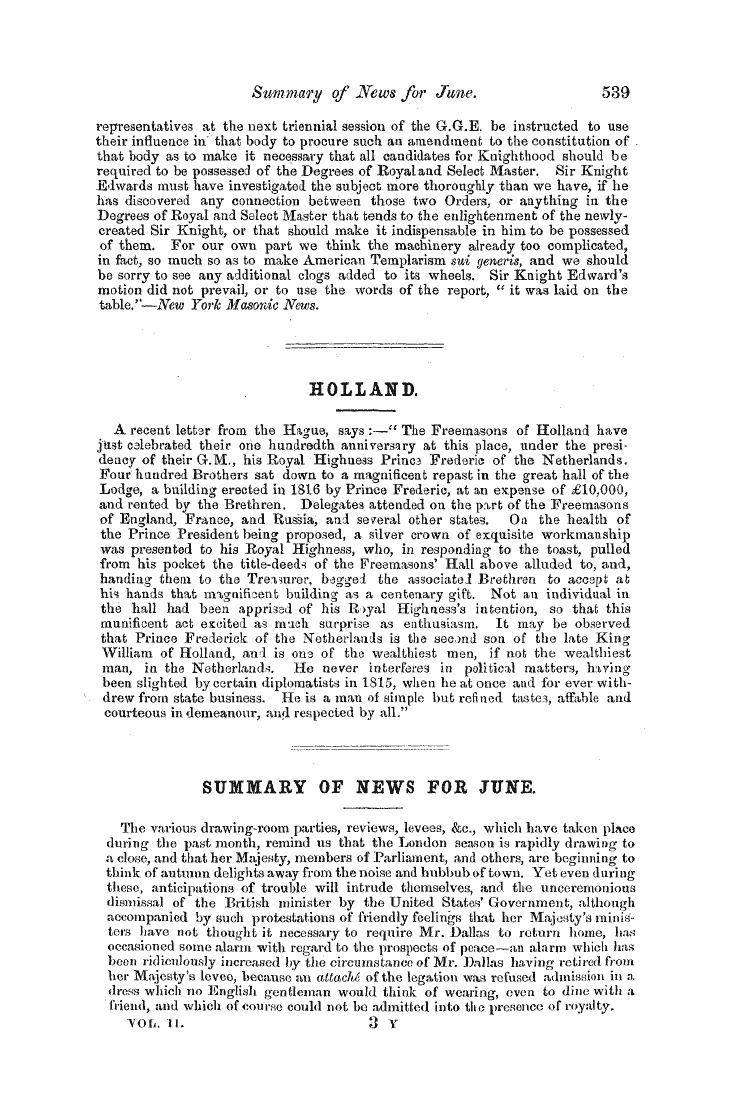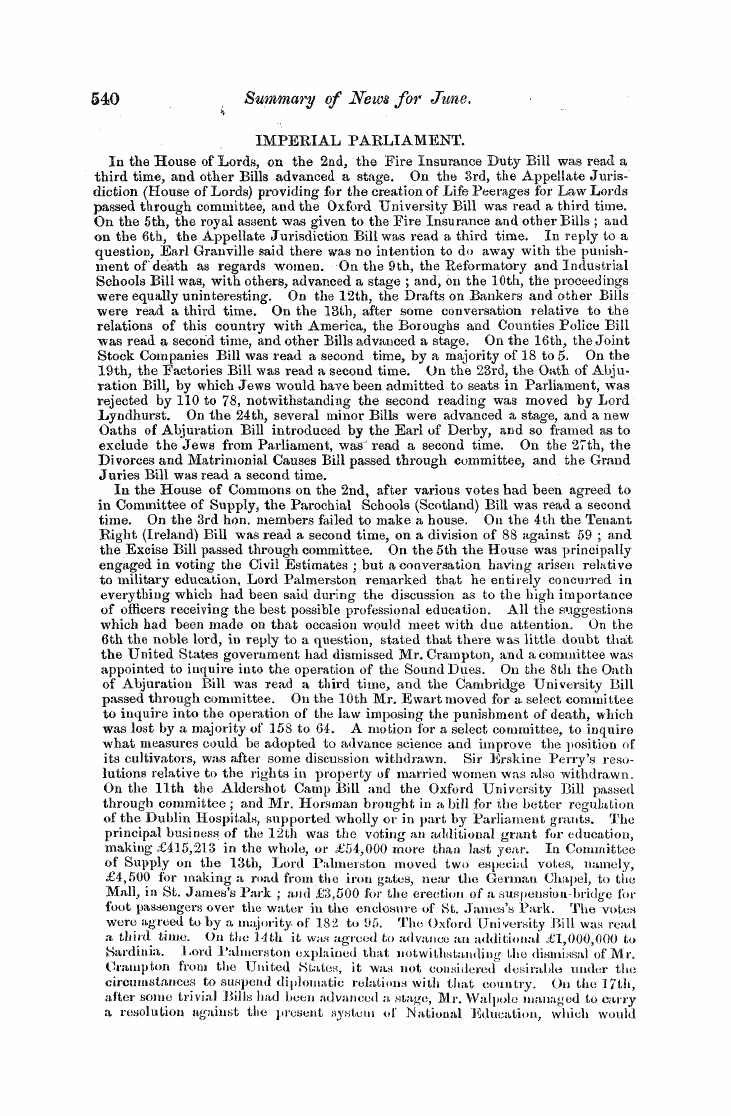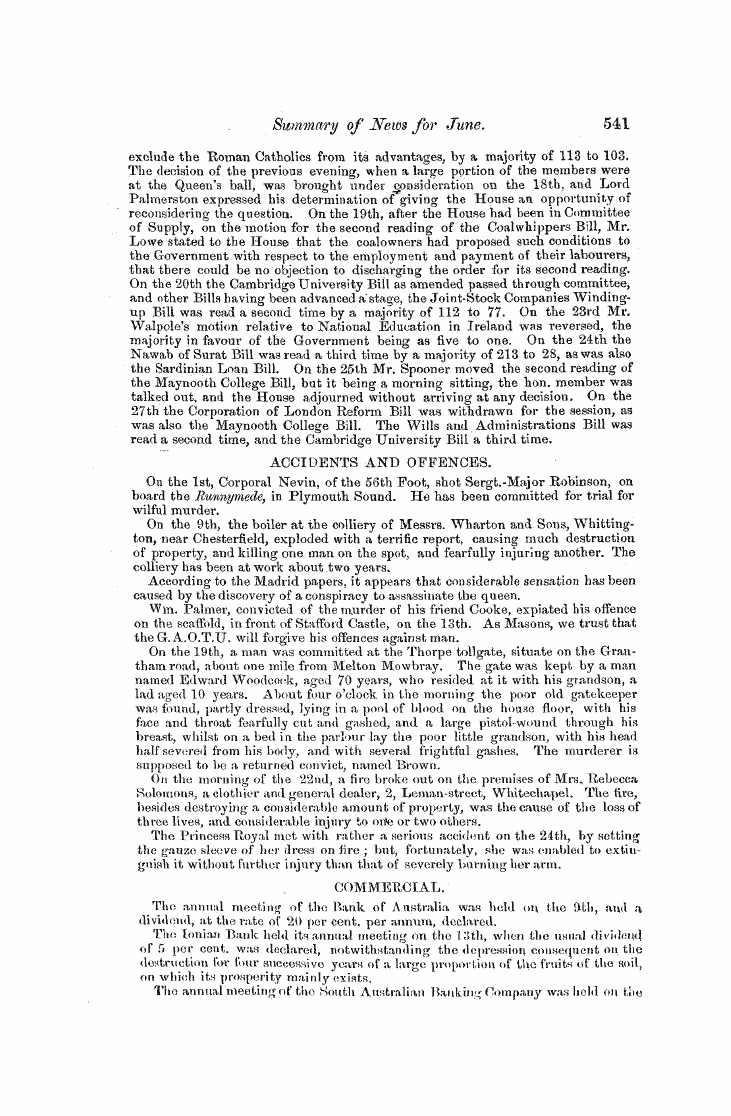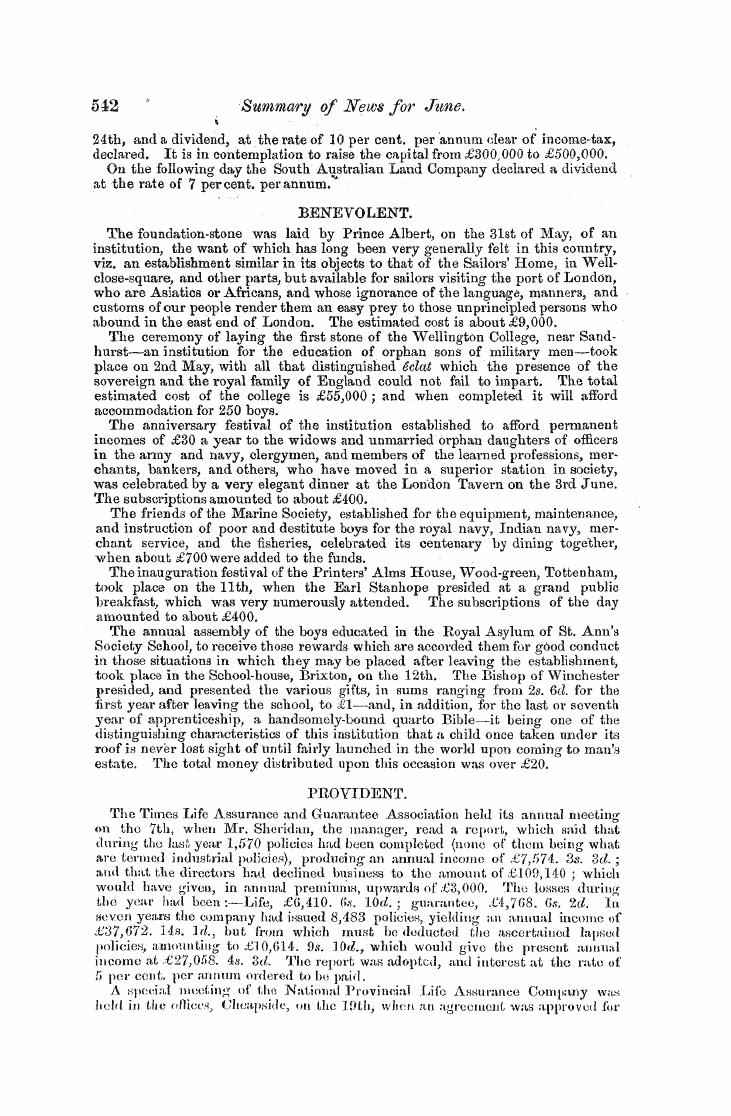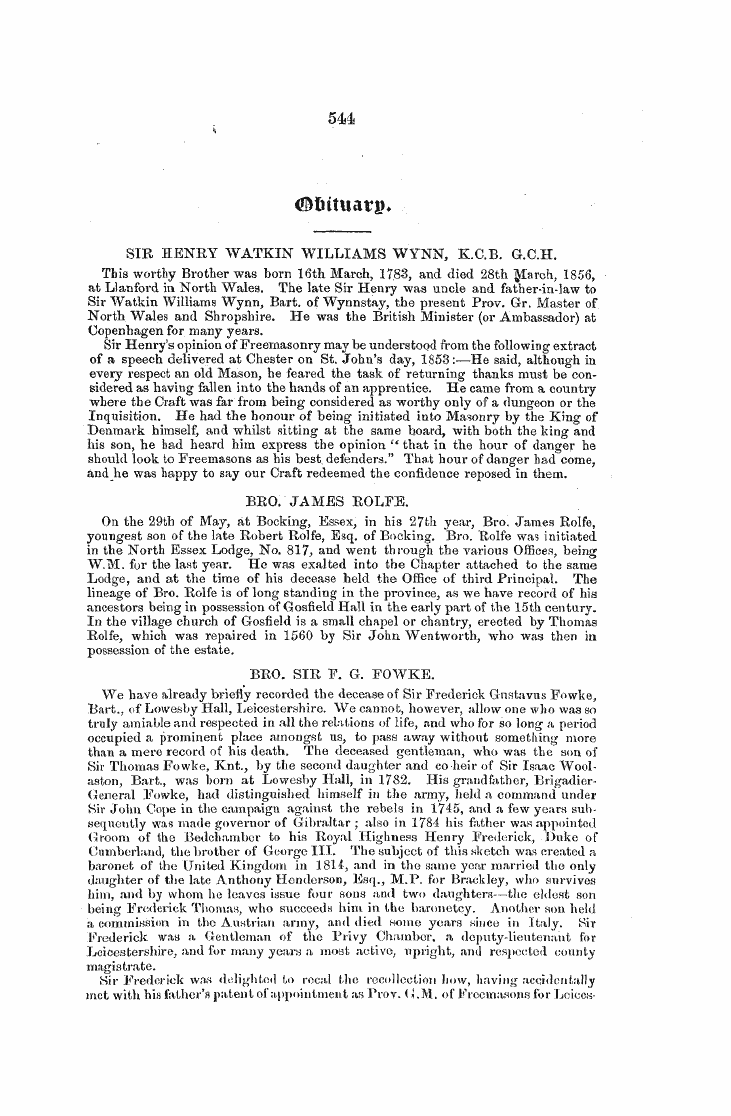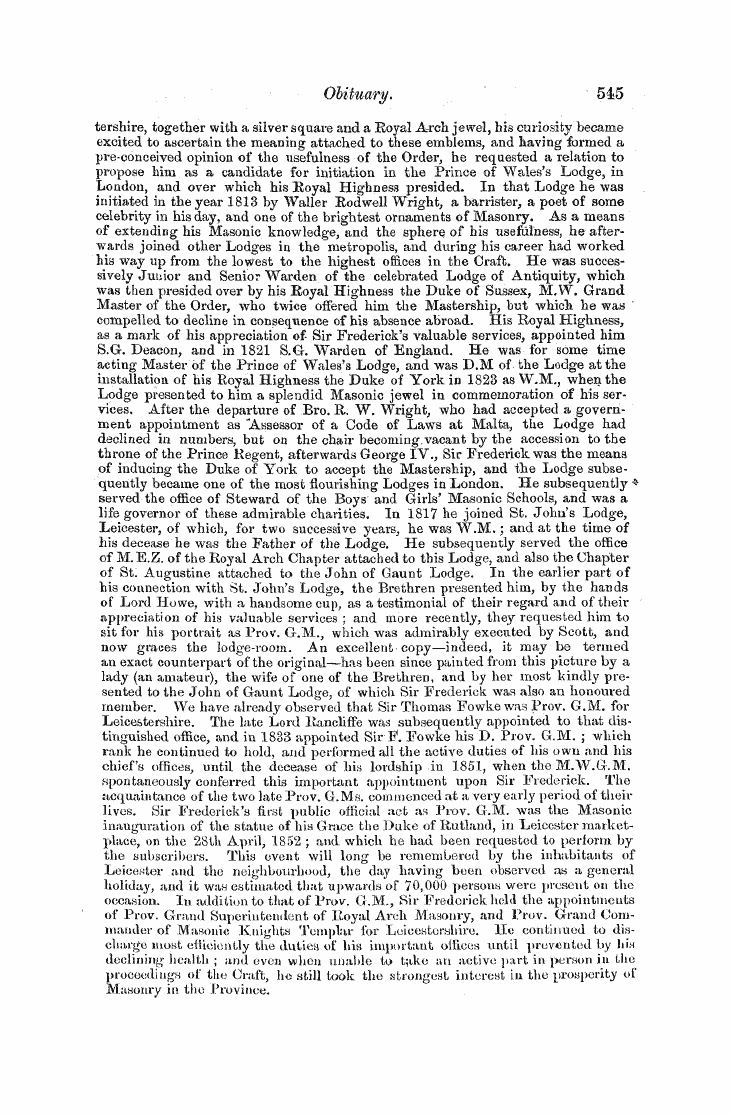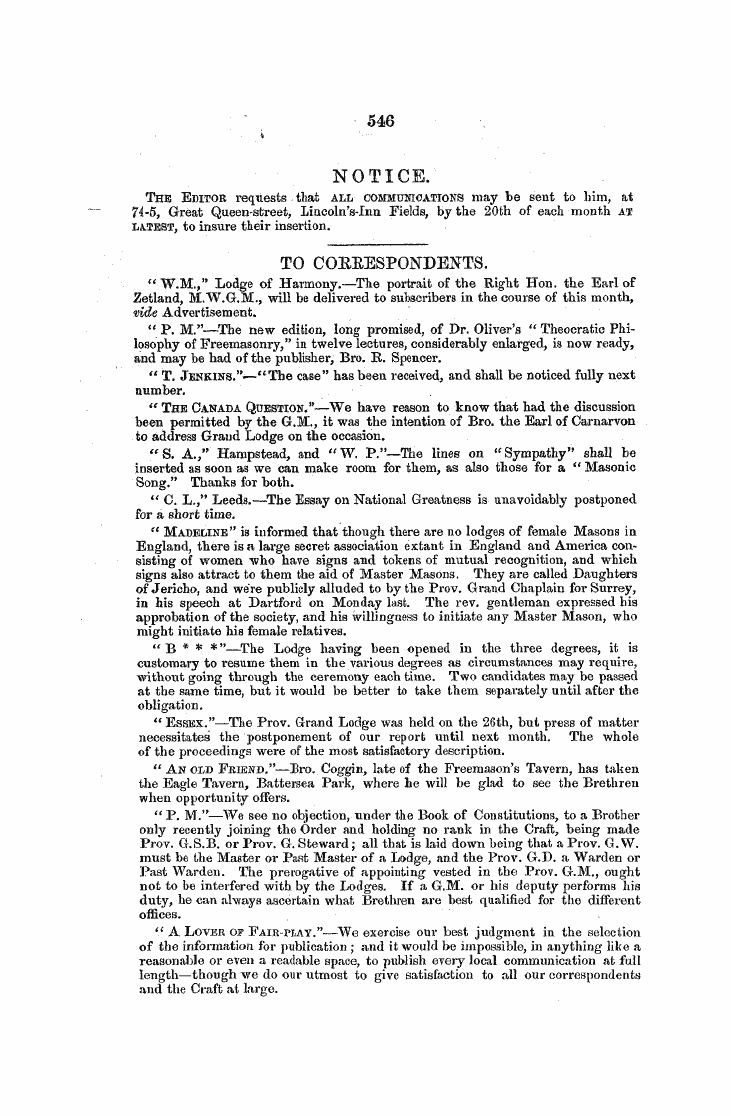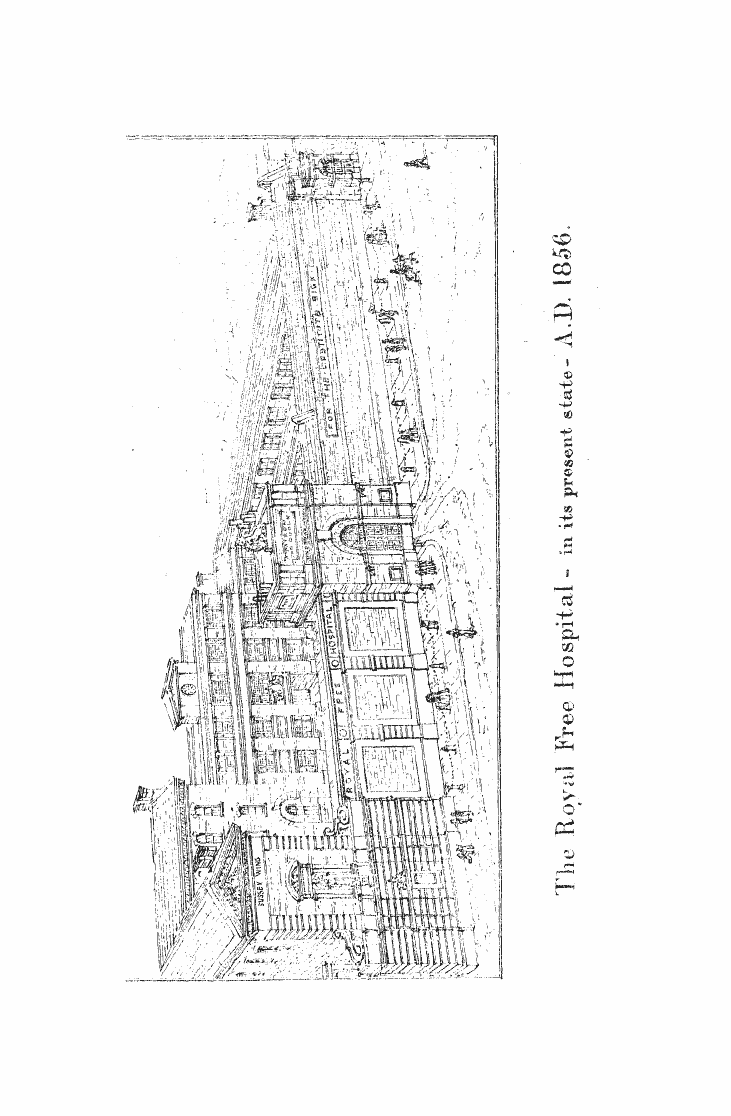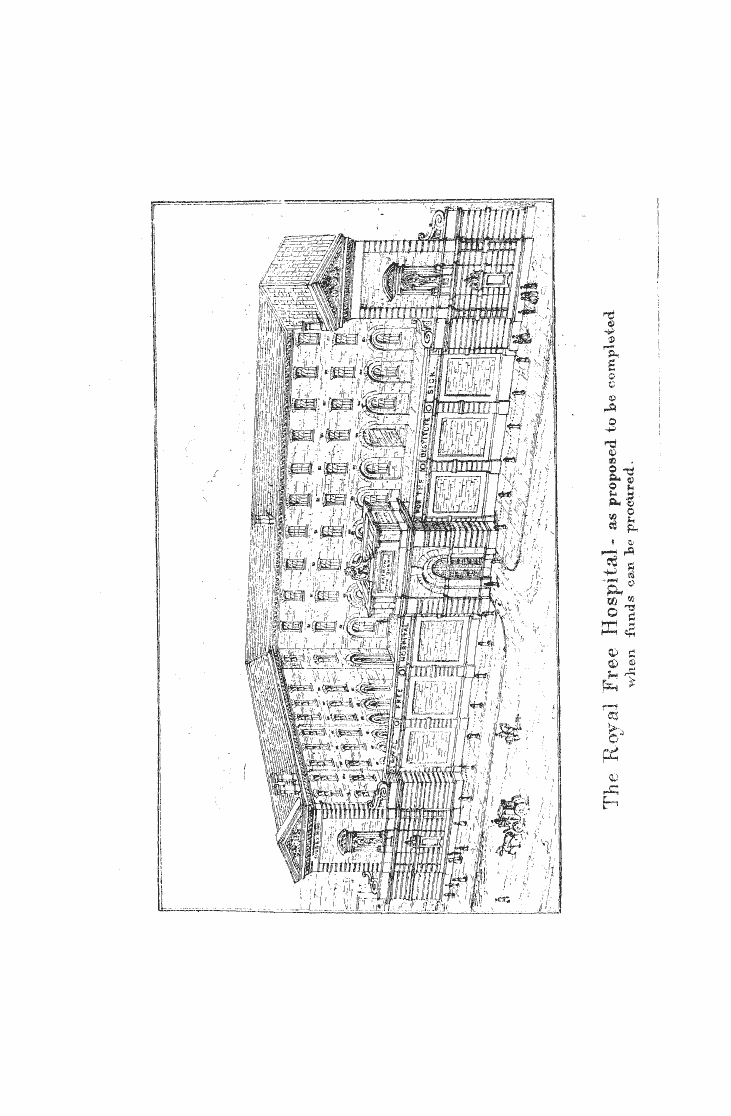-
Articles/Ads
Article ON THE MYSTERIES OF THE EARLY AGES AS CO... ← Page 4 of 5 →
Note: This text has been automatically extracted via Optical Character Recognition (OCR) software.
On The Mysteries Of The Early Ages As Co...
The entrance to the sanctuary was constructed in the pedestal of the triple statne of Isis , Osiris , and Horns ; and the walls were also ornamented with various allegorical figures , amongst which were particularly prominent—1 st . A serpent throwing an egg out of his mouth ; a symbol of the production of all things by the heat of the sun .
2 ndly . A serpent curled up in the form of a circle , holding his tail in his mouth ; an allusion to eternity , and to the uninterrupted revolution of the sun . -3 rdly . The double Tau ^ which was meant to represent the active and passive power of nature in the generation of all things .
A long and tedious probation was still further exacted , consisting chiefly of fasting and silence , during which it was forbidden , even by signs , to communicate with the priests of the temple , and the trials concluded by the candidate taking an obligation in the following ter " ms I : — swear never to reveal to any uninitiated person whatever I may have seen in the sanctuary , nor any of the mysteries which may have , been or which shall be communicated to me . I call on all the deities of earth , of heaven , and of the infernal regions , to be witnesses of this oath ; and I trust that their vengeance will fall on my head should I ever become a villain so base and perjured . "
The ceremony finished with a grand sacrifice of various animals , and a procession through the streets of the town , when the tabernacle of the goddess Isis was exhibited to the people , and the candidate was received with every possible honour . Having thus given the words of the obligation , we may examine the estimation in which an agreement of this nature was held in the earliest ages . The Hebrew word i Berith , rendered in the Vulgate
as ' JFoedus , ' or Pactum , ' a treaty or covenant , occurs in G-en . ix . 9 , where the Supreme Being is stated to have made " a Covenant with Noah , after the Mood . " In the Septuagint , and the New Testament , this term is translated AtaflZ / o ? , and it is explained in the Gospel of ^ St . Luke ( c . i . 73 ) , an " Oath sworn to Abraham" ( Gen . xxii . 16 ) . The ? only quotation which at all differs from the Greek interpretation ! of the Hebrew ' Berith' is found in the Epistle to the Hebrews ( c . ix . 1 ( 5 and 17 ) ; but in the following translation , its meaning seems to be accurately stated : — " I ? or where ( there is ) a covenant , the death of the covenanter ( is ) necessary to be borne ( in mind ) , for a covenant made on a dead being is firm . 5 " # This refers to Exod . xxiv . 6 , where Moses , after a peace-offering ( Hob . ix .
19 , 20 ) , sprinkled the book of the covenant and the people with the blood of the victim . The custom of confirming or ratifying any agreement seems to have been established by the sacrifice of some animal , whoso flesh was eaten by the parties as a mark of fellowship and good feeling , and a pledge of mutual protection . In the Book of Joshua ( c . ix . 18 , 19 ) , it will be clearly shown , how
K Hebrew Lexicon , by the lie v . Samuel Lee , D . J ) .., p . 1 K >
Note: This text has been automatically extracted via Optical Character Recognition (OCR) software.
On The Mysteries Of The Early Ages As Co...
The entrance to the sanctuary was constructed in the pedestal of the triple statne of Isis , Osiris , and Horns ; and the walls were also ornamented with various allegorical figures , amongst which were particularly prominent—1 st . A serpent throwing an egg out of his mouth ; a symbol of the production of all things by the heat of the sun .
2 ndly . A serpent curled up in the form of a circle , holding his tail in his mouth ; an allusion to eternity , and to the uninterrupted revolution of the sun . -3 rdly . The double Tau ^ which was meant to represent the active and passive power of nature in the generation of all things .
A long and tedious probation was still further exacted , consisting chiefly of fasting and silence , during which it was forbidden , even by signs , to communicate with the priests of the temple , and the trials concluded by the candidate taking an obligation in the following ter " ms I : — swear never to reveal to any uninitiated person whatever I may have seen in the sanctuary , nor any of the mysteries which may have , been or which shall be communicated to me . I call on all the deities of earth , of heaven , and of the infernal regions , to be witnesses of this oath ; and I trust that their vengeance will fall on my head should I ever become a villain so base and perjured . "
The ceremony finished with a grand sacrifice of various animals , and a procession through the streets of the town , when the tabernacle of the goddess Isis was exhibited to the people , and the candidate was received with every possible honour . Having thus given the words of the obligation , we may examine the estimation in which an agreement of this nature was held in the earliest ages . The Hebrew word i Berith , rendered in the Vulgate
as ' JFoedus , ' or Pactum , ' a treaty or covenant , occurs in G-en . ix . 9 , where the Supreme Being is stated to have made " a Covenant with Noah , after the Mood . " In the Septuagint , and the New Testament , this term is translated AtaflZ / o ? , and it is explained in the Gospel of ^ St . Luke ( c . i . 73 ) , an " Oath sworn to Abraham" ( Gen . xxii . 16 ) . The ? only quotation which at all differs from the Greek interpretation ! of the Hebrew ' Berith' is found in the Epistle to the Hebrews ( c . ix . 1 ( 5 and 17 ) ; but in the following translation , its meaning seems to be accurately stated : — " I ? or where ( there is ) a covenant , the death of the covenanter ( is ) necessary to be borne ( in mind ) , for a covenant made on a dead being is firm . 5 " # This refers to Exod . xxiv . 6 , where Moses , after a peace-offering ( Hob . ix .
19 , 20 ) , sprinkled the book of the covenant and the people with the blood of the victim . The custom of confirming or ratifying any agreement seems to have been established by the sacrifice of some animal , whoso flesh was eaten by the parties as a mark of fellowship and good feeling , and a pledge of mutual protection . In the Book of Joshua ( c . ix . 18 , 19 ) , it will be clearly shown , how
K Hebrew Lexicon , by the lie v . Samuel Lee , D . J ) .., p . 1 K >


























































